The Redmi Note 9 Pro is a Xiaomi mobile phone that arrives as the successor of the Redmi Note 8 Pro. The technical sheet of the new smartphone edition promises evolutions in camera set, battery, and performance. See the following comparison of similarities and differences between the specifications of the Chinese giant’s phones.
Redmi Note 8 Pro vs Redmi Note 9 Pro
| Specifications | Redmi Note 8 Pro | Redmi Note 9 Pro |
|---|---|---|
| Launch | November 2019 | June 2020 |
| Price | $198 | $270 |
| Screen | 6.53 inches | 6.67 inches |
| Screen resolution | Full HD + (2340x1080pixels) | Full HD + (2400×1080 pixels) |
| Processor | octa-core up to 2.05 GHz (Helio G90T) | 2.3 GHz octa-core (Snapdragon 720G) |
| RAM | 6 GB | 6 GB |
| Storage | 64 GB / 128 GB | 64 GB / 128 GB |
| Memory card | yes, microSD up to 256 GB | yes, microSD up to 512 GB |
| Main camera | Quad camera: 64, 8, 2, and 2 MP | Quad camera: 64, 8, 5, and 2 MP |
| Front Camera | 20 MP | 16 MP |
| Battery | 4,500mAh | 5,020mAh |
| Operating system | Android Pie 9.0 (MIUI) | Android 10 (MIUI) |
| Dimensions and weight | 161.4 X 76.4 X 8.79 mm; 199.8 g | 165.75 x 76.68 x 8.8 mm; 209 g |
| Colors | gray, green, and white | gray, green, and white |
Screen and Design
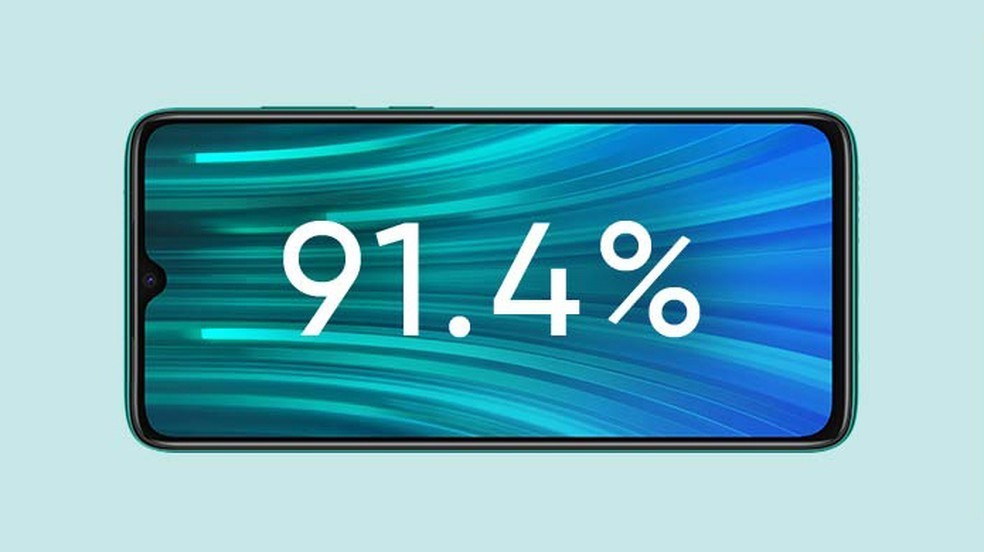
Both devices come on the market with Full HD+ resolution LCD panels, which tends to please due to the contrast level and color intensity. What changes between them is the size of the screen which goes from 6.53 inches to 6.67 inches. Still, with this difference, Xiaomi states that 91% of the front panel of mobile phones is occupied by the display on both phones.
Another significant change is the absence of the traditional notch in Redmi Note 9 Pro. While the Redmi Note 8 Pro had the drop-shaped feature that housed the selfies camera, in its successor, the lens is moved to a small hole centered at the top of the panel.
On the other hand, both have in common the presence of Gorilla Glass 5 on the screen, a factor that ensures greater resistance against falls and scratches. The colors in which the devices are available are also the same: grey, green, and white.
Camera
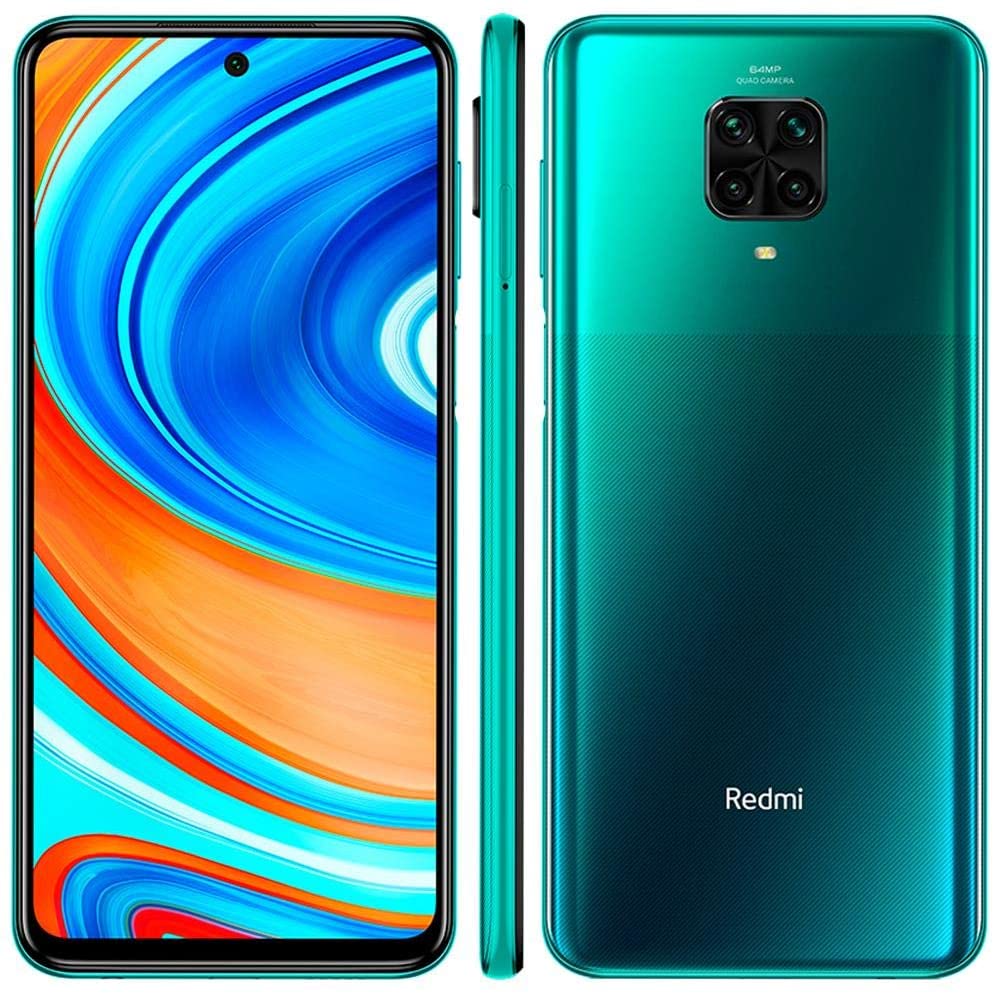
Although both devices have a quad-camera, there has been a small evolution in Redmi Note 9 Pro compared to its predecessor. This year’s smartphone’s camera set consists of a 64 MP wide main sensor, 8 MP ultra-wide, 5 MP macro lens, and 2 MP depth sensor. The only difference found in the Redmi Note 8 Pro camera is the macro lens, which in this case is only 2 MP. All other sensors follow the same pattern.
Other interesting features of Redmi Note 9 Pro are the photos in RAW format, which allow more accurate editing, and the presence of the document scanning mode. Both devices are capable of recording video in 4K at a speed of 30 frames per second and offer common features such as facial detection, night mode, and HDR function.
A negative point of the Redmi Note 9 Pro is the loss of quality of the selfies camera, which went from 20 MP to 16 MP in the most current phone.
Performance and Storage

Redmi Note 8 Pro comes with a MediaTek Helio G90T processor, an octa-core up to 2.05 GHz. The Redmi Note 9 Pro features Qualcomm’s Snapdragon 720G, a 2.3 GHz octa-core. Despite the small difference in speed, both processors should offer similar performance that should be satisfactory, especially for gaming.
As for memory, there are no big differences between the devices. Both offer 6 GB RAM and two storage options: 64 GB and 128 GB.
Both allow expansion using a microSD format card. For Redmi Note 8 Pro the capacity is up to 256 GB, while Redmi Note 9 Pro offers support for up to 512 GB card.
Battery
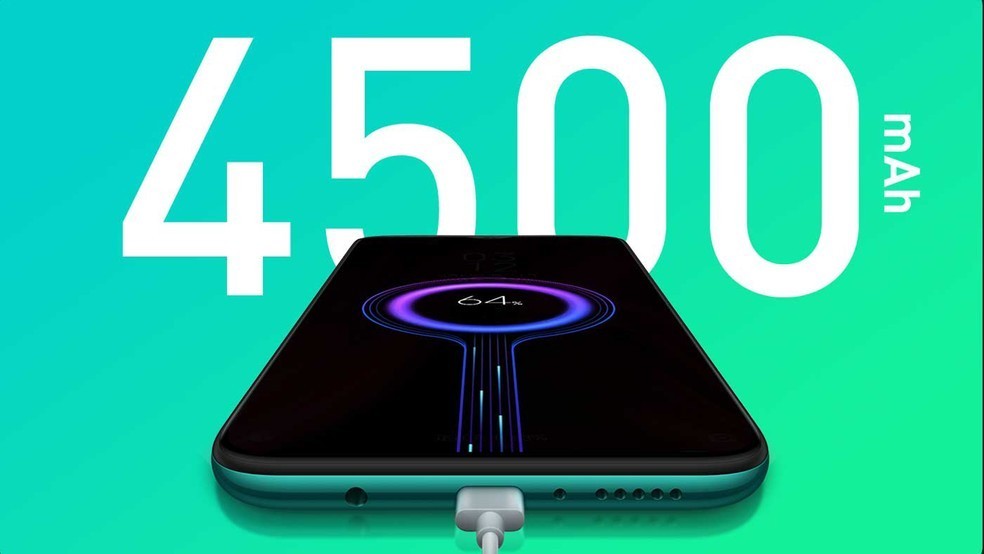
The battery evolved from one model to another, jumping from 4,500 mAh to 5,020 mAh. According to Xiaomi, while last year’s device allowed 10 hours of playing time, the release can support up to 13 hours of games. The manufacturer also claims that Redmi Note 9 Pro has autonomy for 16 hours of continuous navigation and 147 hours of music.
Both devices include a fast-charging adapter in the box. The Redmi Note 8 Pro has an 18 W source, and the Redmi Note 9 Pro comes with a 30 W component.
Android Version
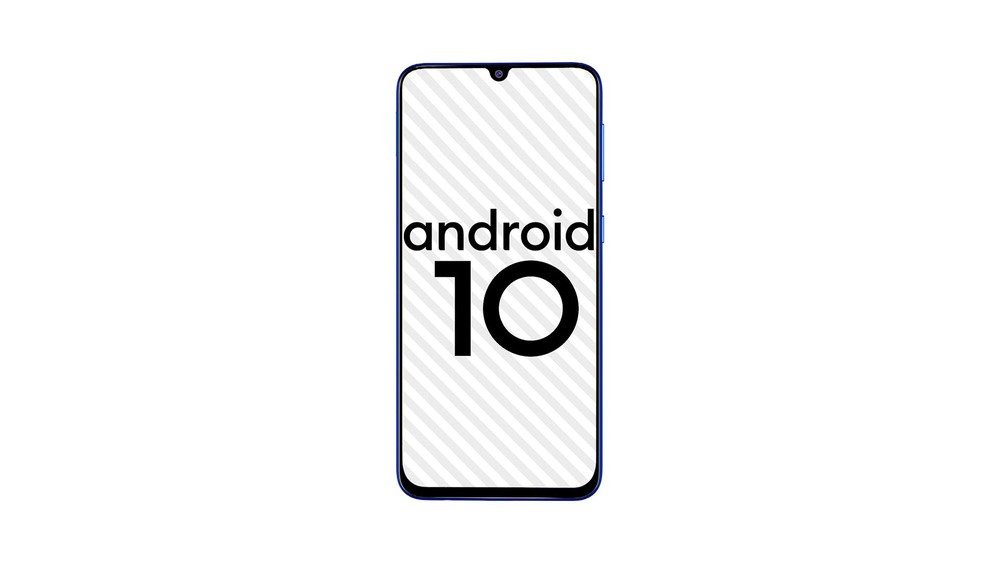
Redmi Note 8 Pro came out of the factory with Android 9 (Pie) combined with the MIUI 10 interface, as of February this year it has already received an update for Android 10. In turn, Redmi Note 9 Pro came straight with Android 10, Google’s latest mobile system, and MIUI 11 interface.
Additional Features
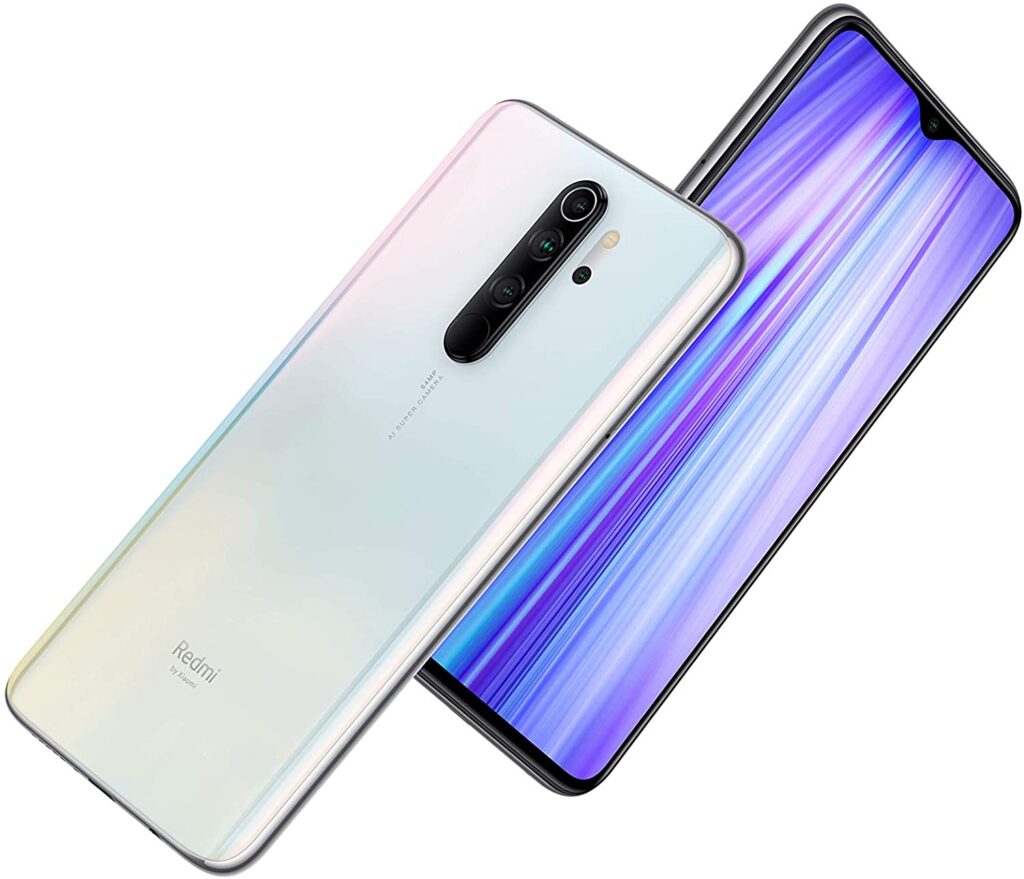
In common, both devices have Bluetooth 5.0, GPS, and NFC technology. Both also connect with Wi-Fi in 802.11 a/b/g/n/ac bands, besides offering 4G and dual-chip functions.
An interesting feature of Redmi Note 8 Pro is the infrared emitter, which allows transforming the mobile phone into a universal remote control for the television and air conditioning, among other electronic devices. On the other hand, the Redmi Note 9 has a compass, noise reduction microphone, and fingerprint sensor on the side.
Price and Availability
The launch price of Redmi Note 9 Pro was subject to criticism from consumers due to the large difference compared to the previous model. The product was announced by Xiaomi and it is currently seen on the Amazon website for $270.
Redmi Note 8 Pro is also available on the Amazon store for $198.
It is worth remembering that Xiaomi has become the main target of retailers, who offer brand devices on buying and selling sites. They are devices without an invoice, without warranty, and without the certainty that they work on the 4G of 700 MHz. That’s why they are cheaper.
- Buy Redmi Note 8 Pro
- Buy Redmi Note 9 Pro
This post may contain affiliate links, which means that I may receive a commission if you make a purchase using these links. As an Amazon Associate, I earn from qualifying purchases.

